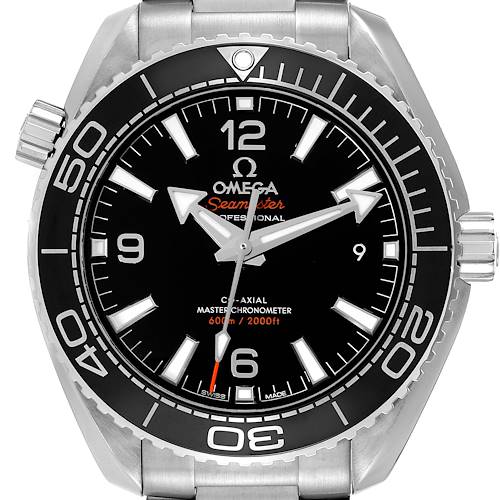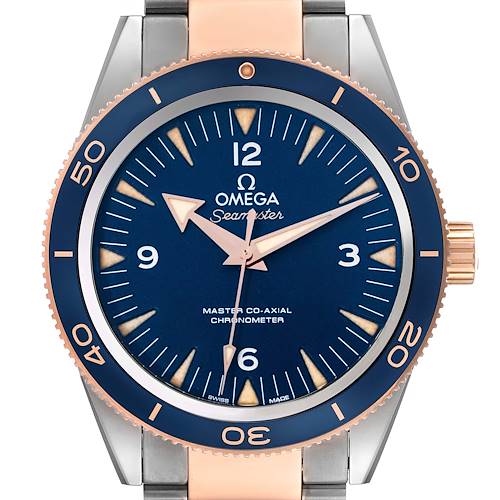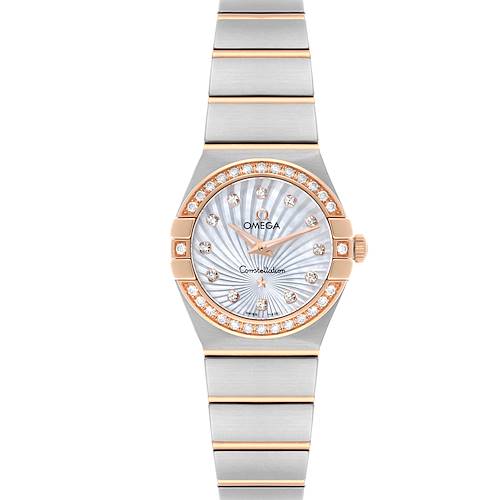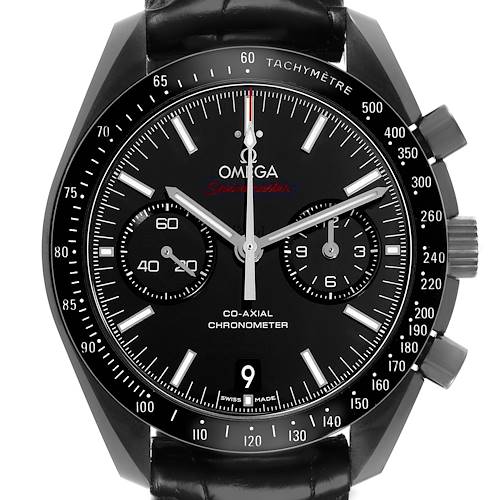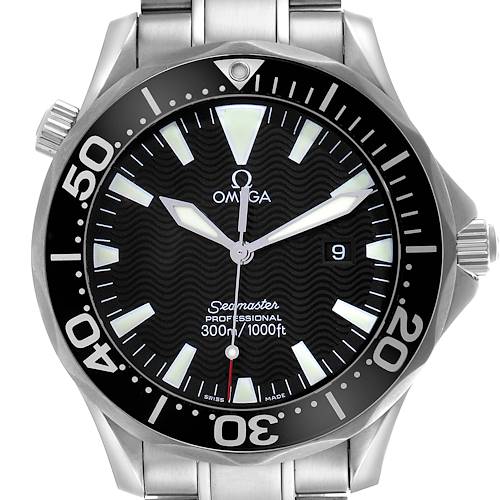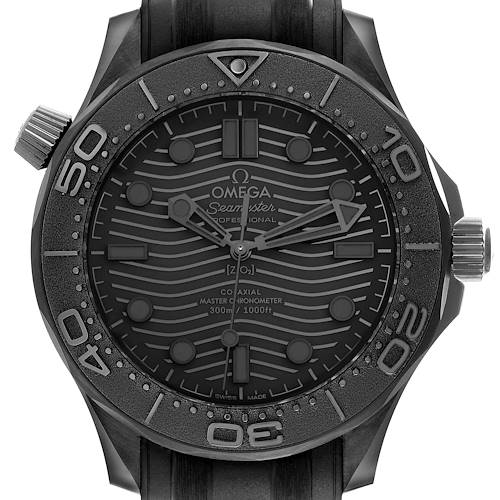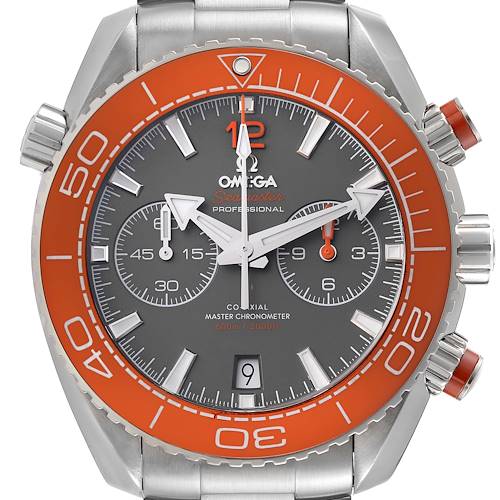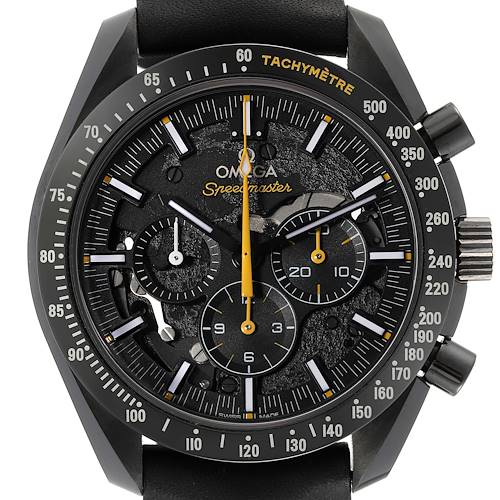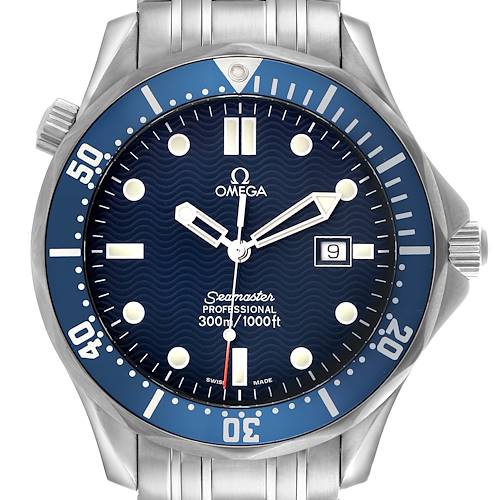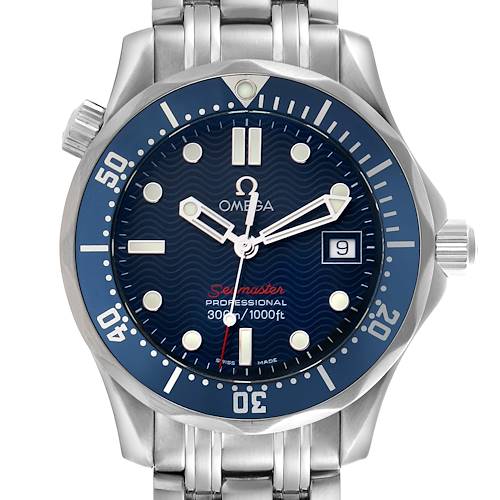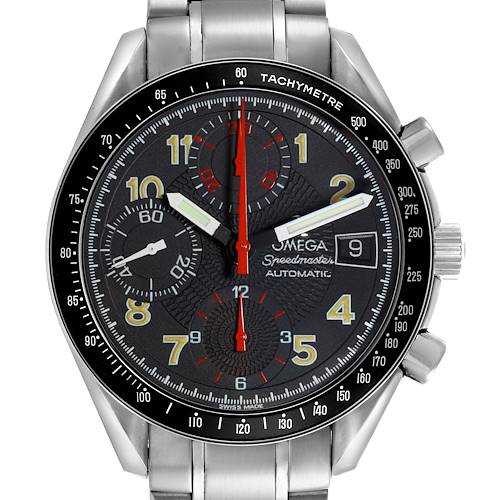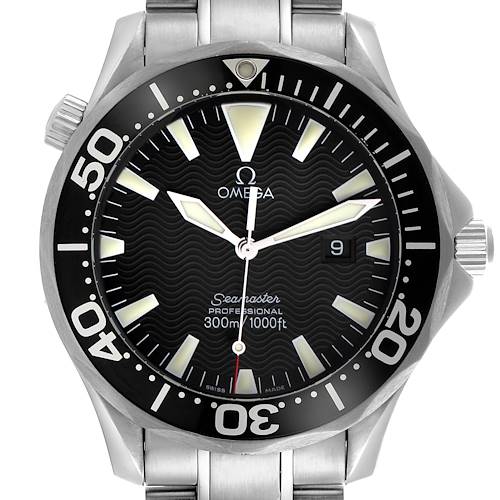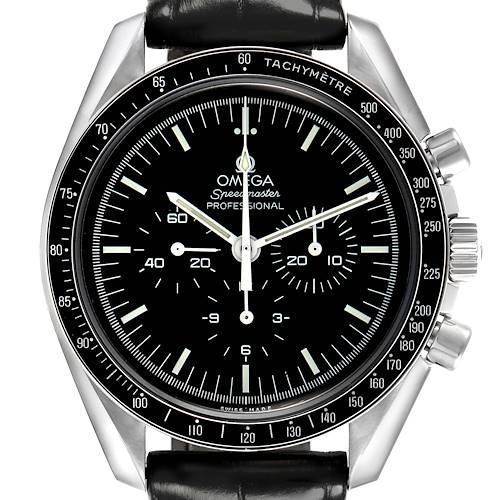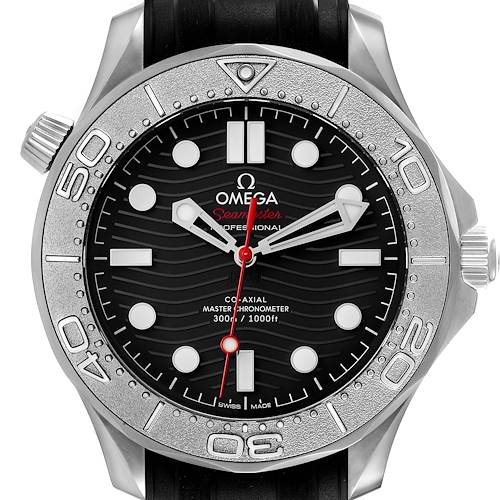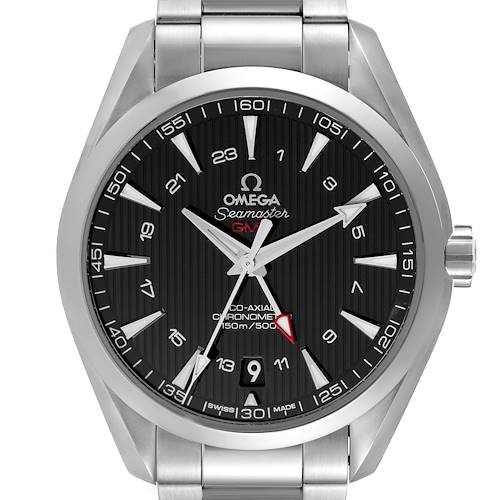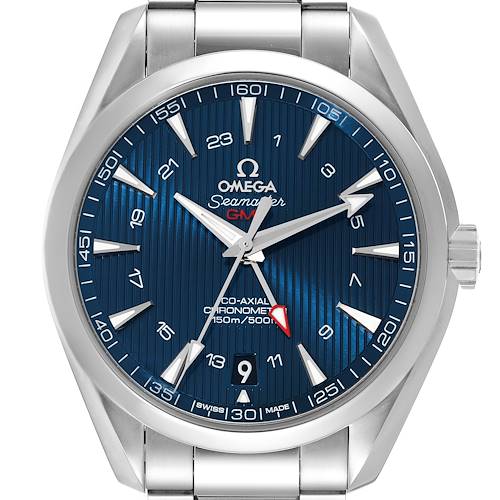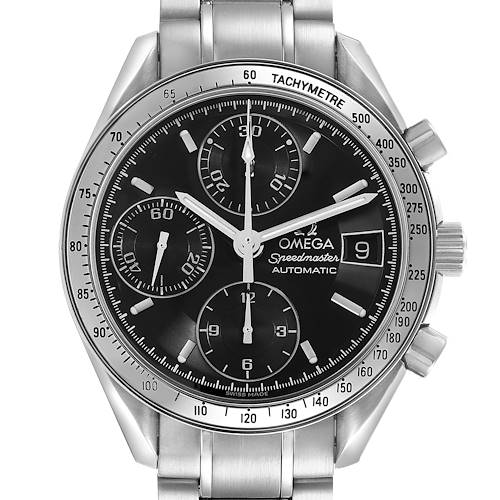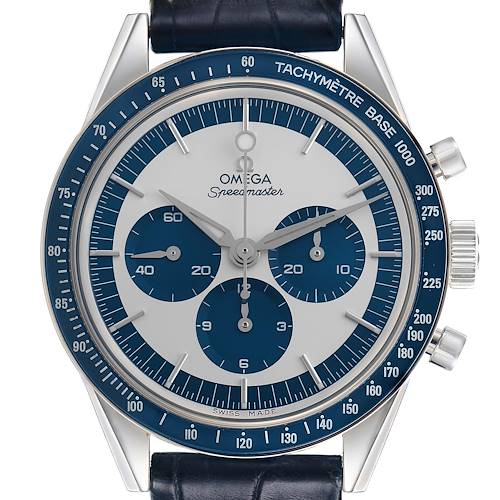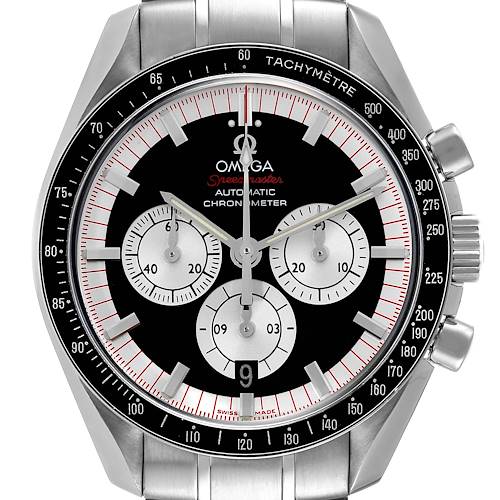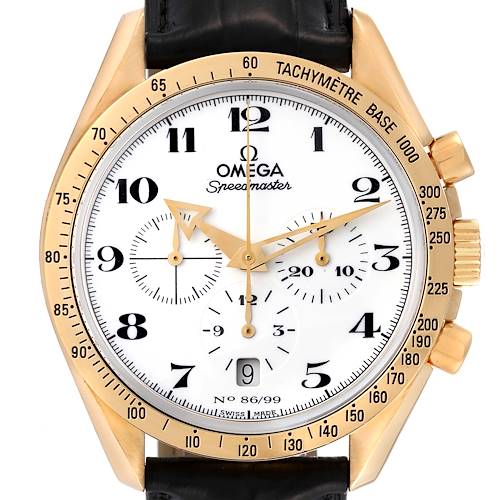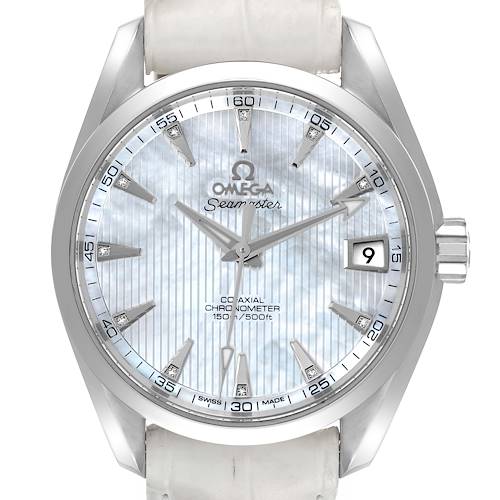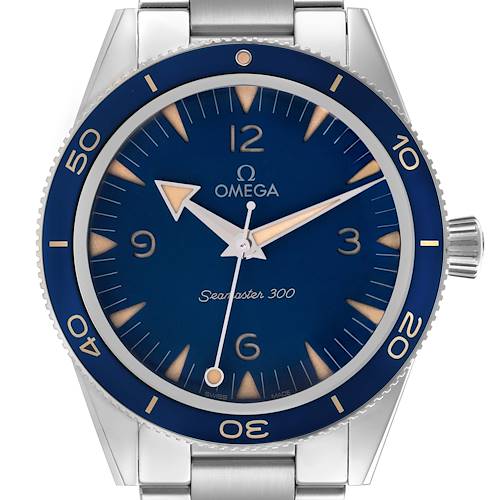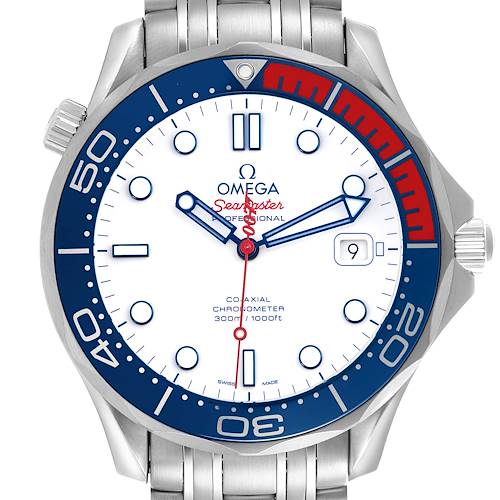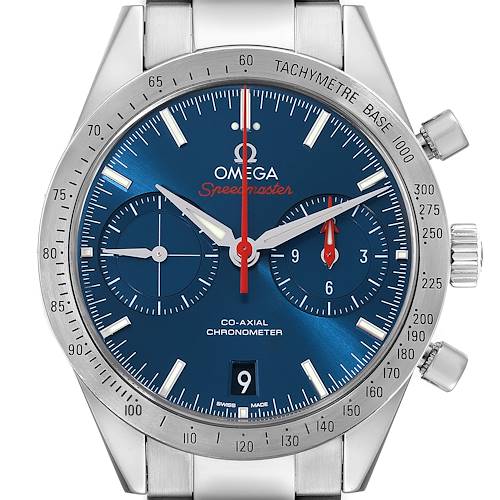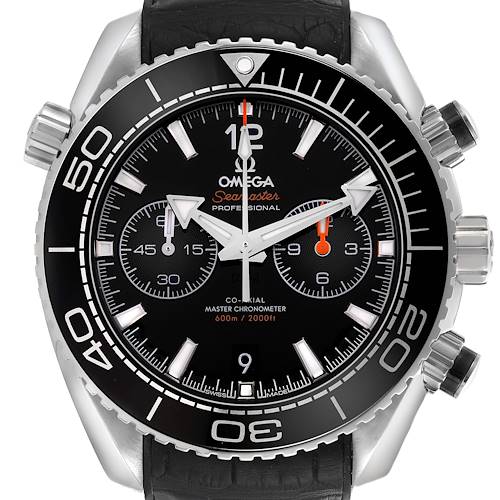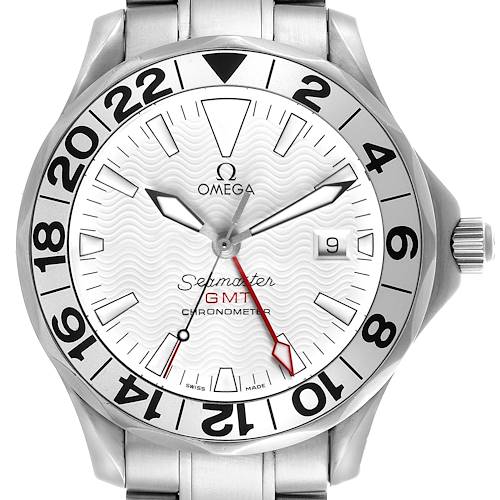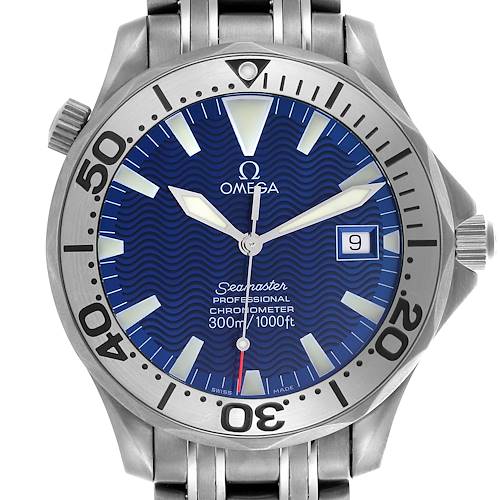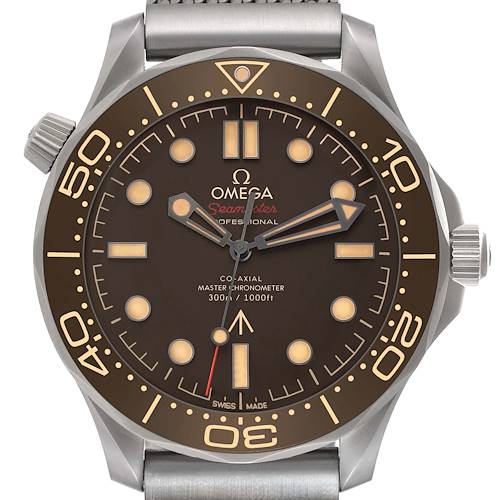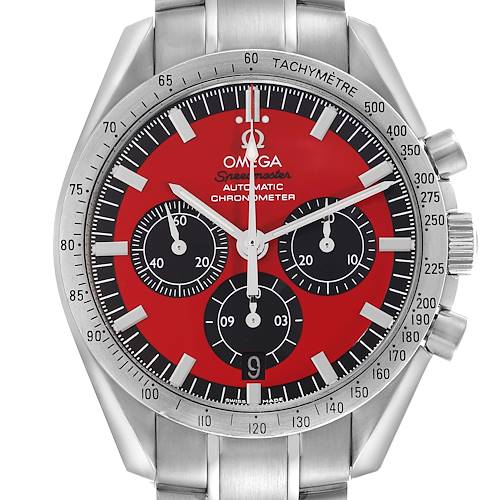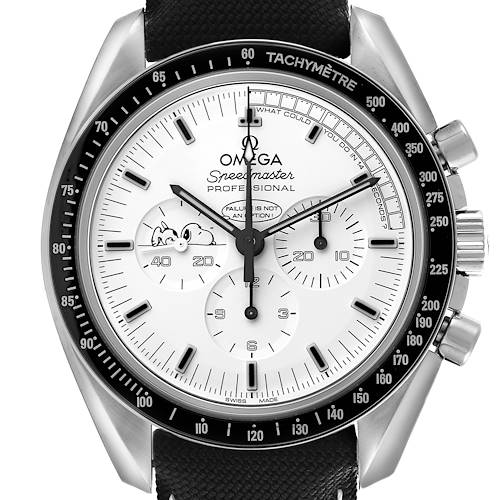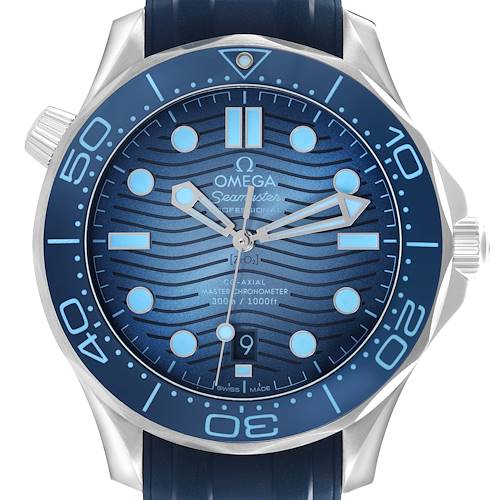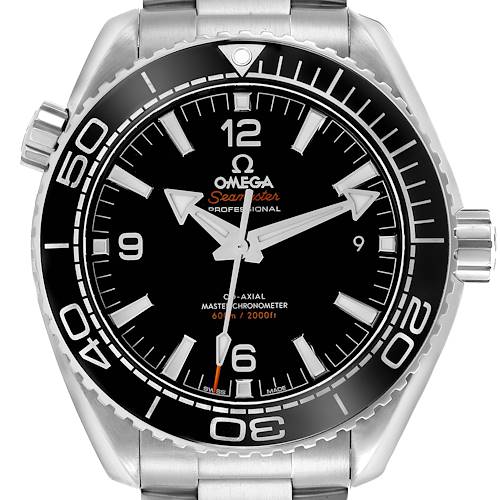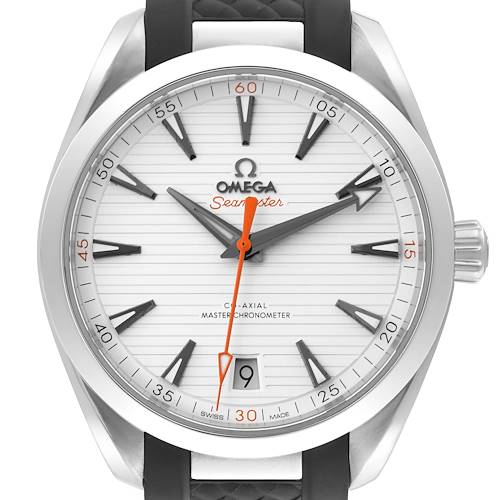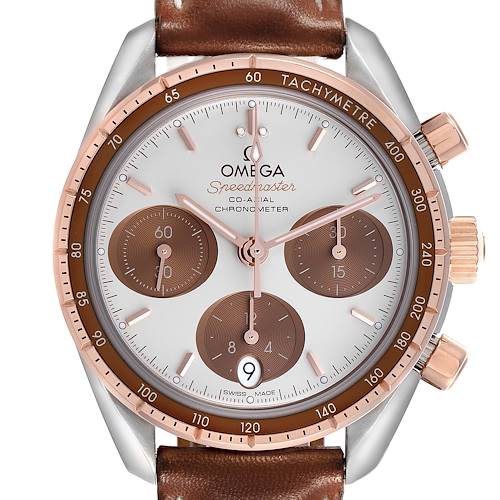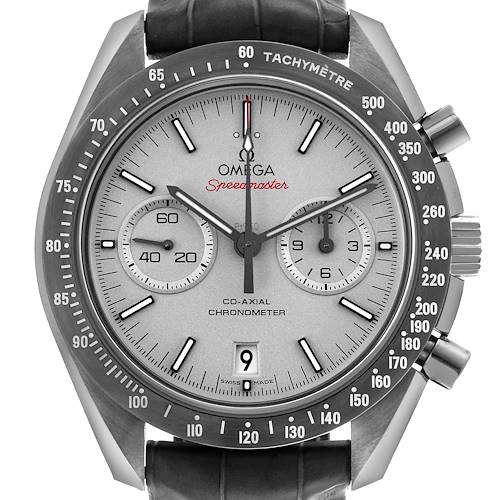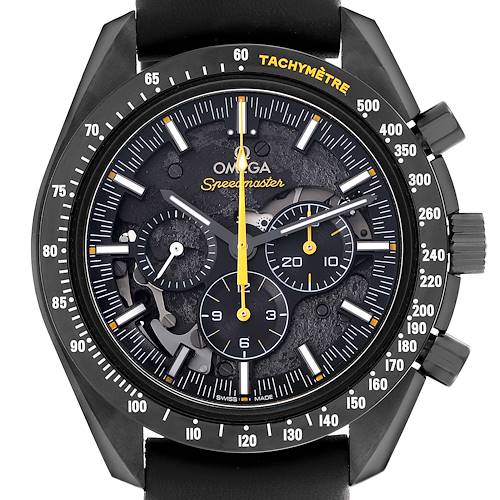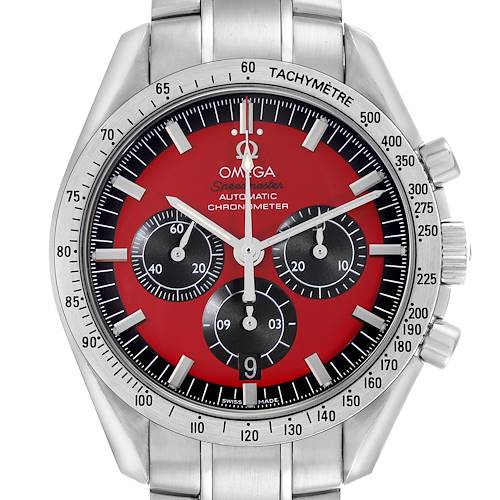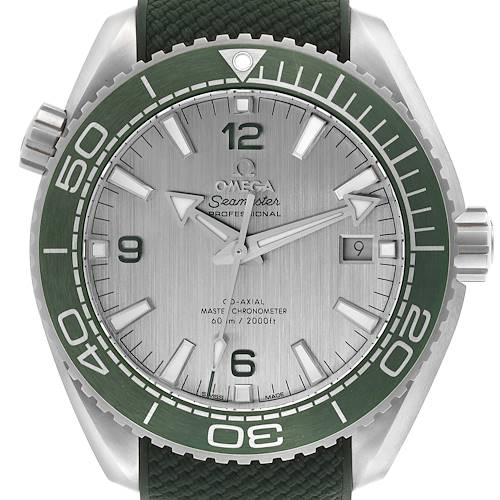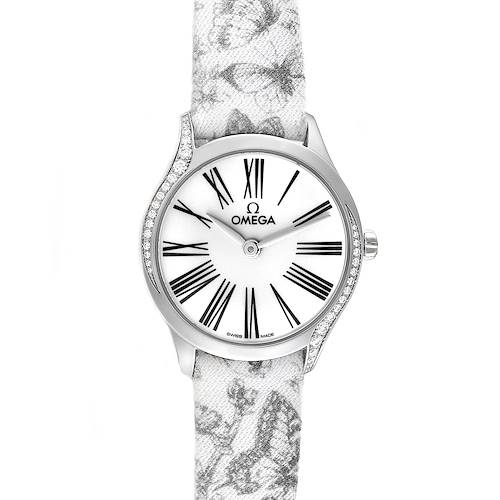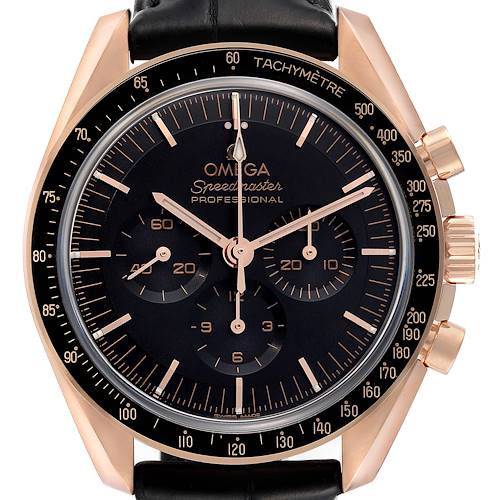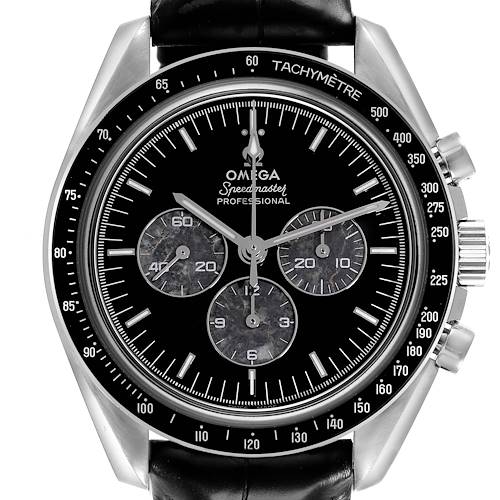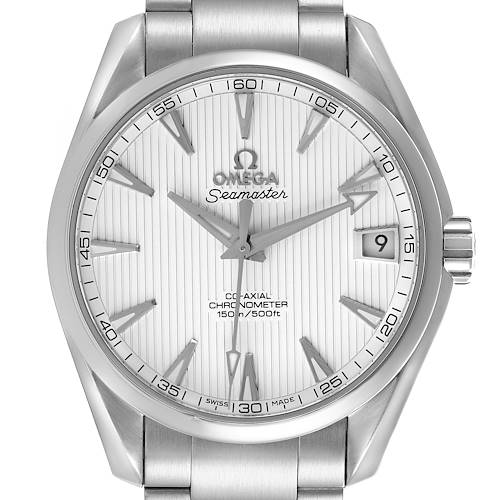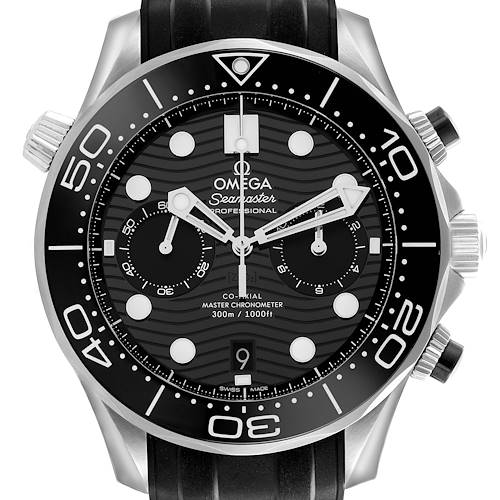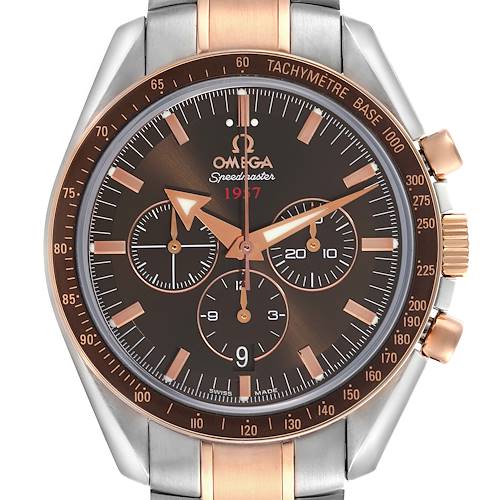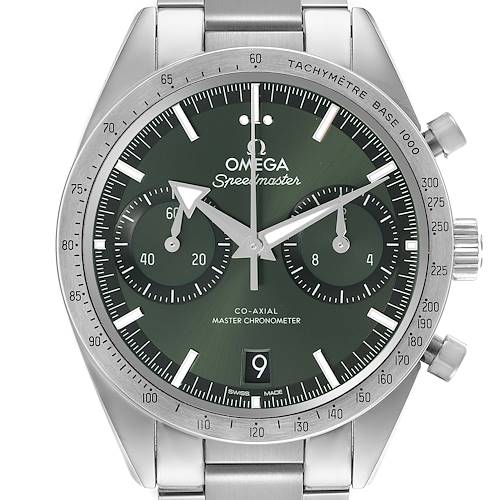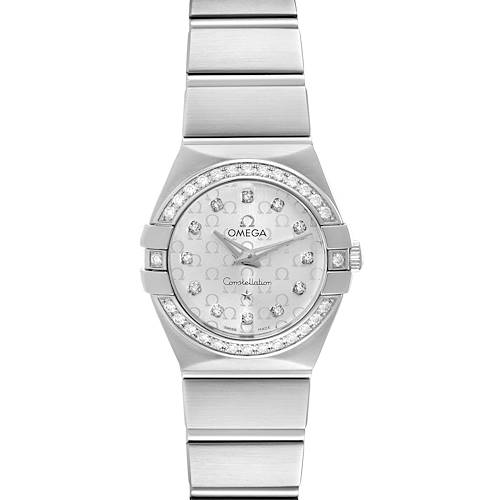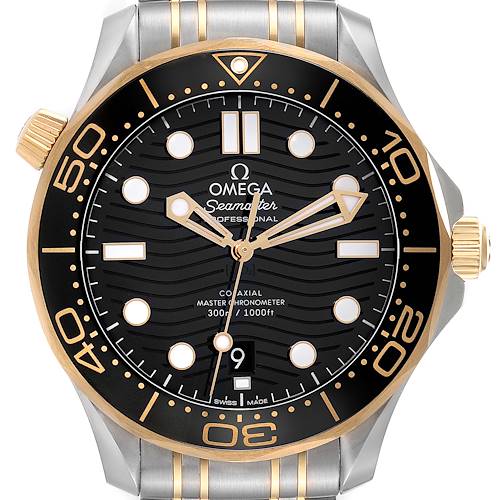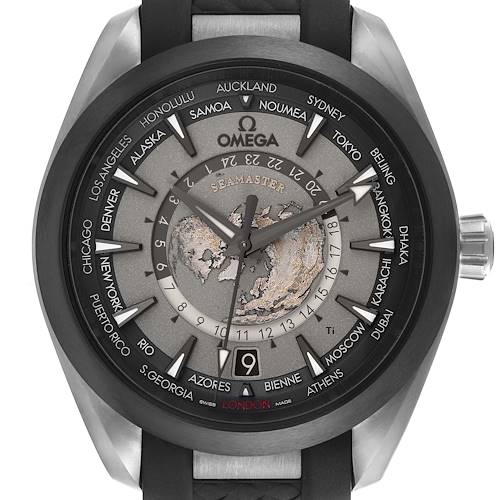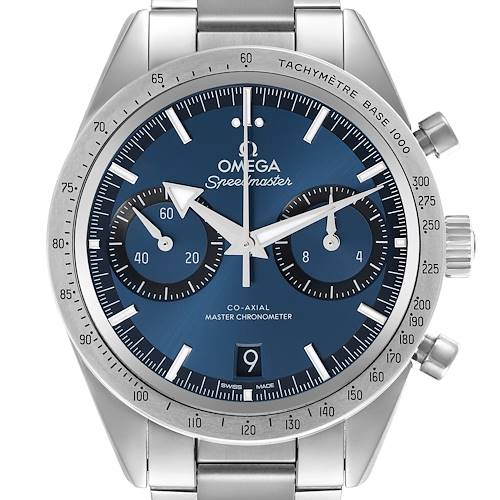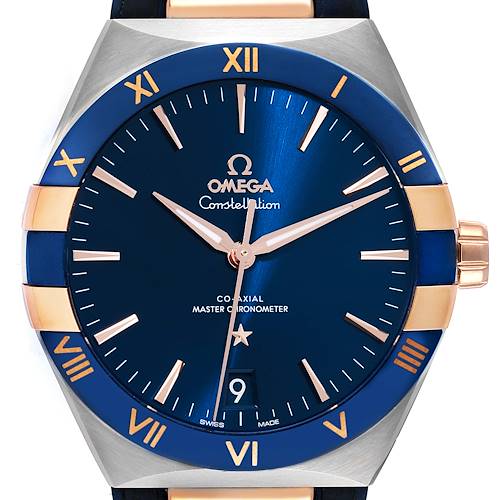- CALL US (404) 814-1814
- LIVE SUPPORT
- EMAIL US
-
WISHLIST (0)
-
CART(0)

Omega Watches
8,952 MATCHES FOUND
Renowned for pioneering innovations such as the Co-Axial Escapement, Omega watches seamlessly blend cutting-edge technology with classic and sophisticated design. Whether it's the iconic Speedmaster's unmatched precision, or the Seamaster's unrivaled water resistance, Omega is chosen by those who seek both style and substance.
IN STOCK
Omega is a leading watchmaker globally, synonymous with precision, durability, and pioneering design. With a rich history that includes being the official Olympic Games timekeeper since 1932 and the sole watch brand to pass NASA's rigorous tests in the 1960s, Omega timepieces are highly coveted by watch collectors.
Omega is also renowned for its groundbreaking innovations, such as the introduction of the Co-Axial Escapement setting a new standard for precision in 1999. This technology, featured in models like the De Ville and Seamaster collections, enhances durability and extends service life.
From sports timekeeping and space exploration, to film and pop culture, Omega watches have cemented their reputation as some of the most important timepieces to own. The Omega Speedmaster achieved a historic milestone by becoming the first watch to be worn on the moon during the Apollo 11 mission, solidifying its legendary reputation. The Seamaster, preferred by divers for over seven decades, has a remarkable track record, from Bond movies to deep-sea exploration. The Constellation, known for its distinctive features and precise movement, symbolizes luxury and sophistication.
Omega watches effortlessly combine state-of-the-art technology with timeless and elegant design, making them appealing to individuals who value both style and substance in their timepieces, further enhanced by the brand's prestigious and storied history.
How to Sell My Omega Watch
Sell or trade-in your Omega watch for the best price with SwissWatchExpo. SwissWatchExpo makes it easy to sell or trade in your used or pre-owned Omega watch to keep your luxury watch collection fresh!
Frequently Asked Questions
How Can I Tell if an Omega Watch is Authentic?
Omega watches are made with top grade materials and with utmost precision. As sophisticated as some counterfeiters may be, they will not be as meticulous as expert watchmakers. Check for any errors on the watch, such as spelling and engraving mistakes, or signs of substandard quality, such as misaligned bracelets or unfinished surfaces.
For more information, check out our guide on How to Spot a Fake Omega Watch. SwissWatchExpo also advises clients to only go to an Omega authorized dealer for authentication.
Why Are Omega Watches Expensive?
The true value of an Omega timepiece is determined by the dedicated manhours that it takes to produce one from start to finish. Each Omega watch can take up to 500 hours to make. Omega watches that are no longer in production, particularly vintage or historical models, are also harder to come by. When a brand confirms that they will cease production of a watch, it tends to increase the demand for this watch in the pre-owned market.
How Often to Service my Watch?
Omega recommends that you have the water resistance checked once a year, and that a complete service be performed every 5 to 8 years. Of course, the service frequency also depends on your usage of the watch and the environment in which it is worn. For example, if you use your watch for diving, you may need to check on the flexibility of the gasket. There are also some signs that your watch needs a service sooner rather than later.


